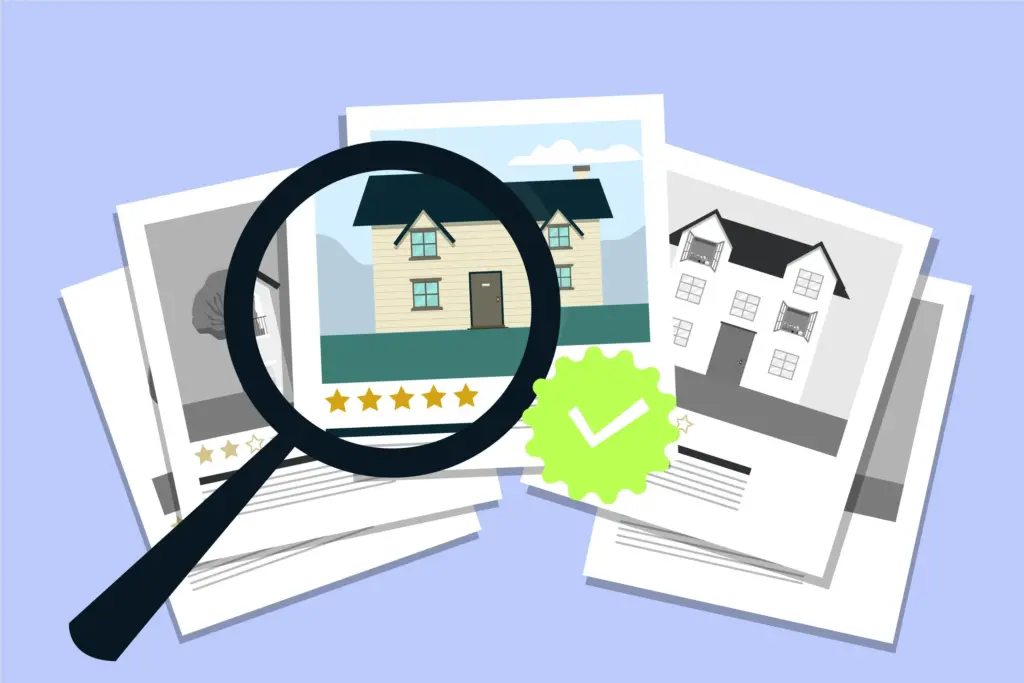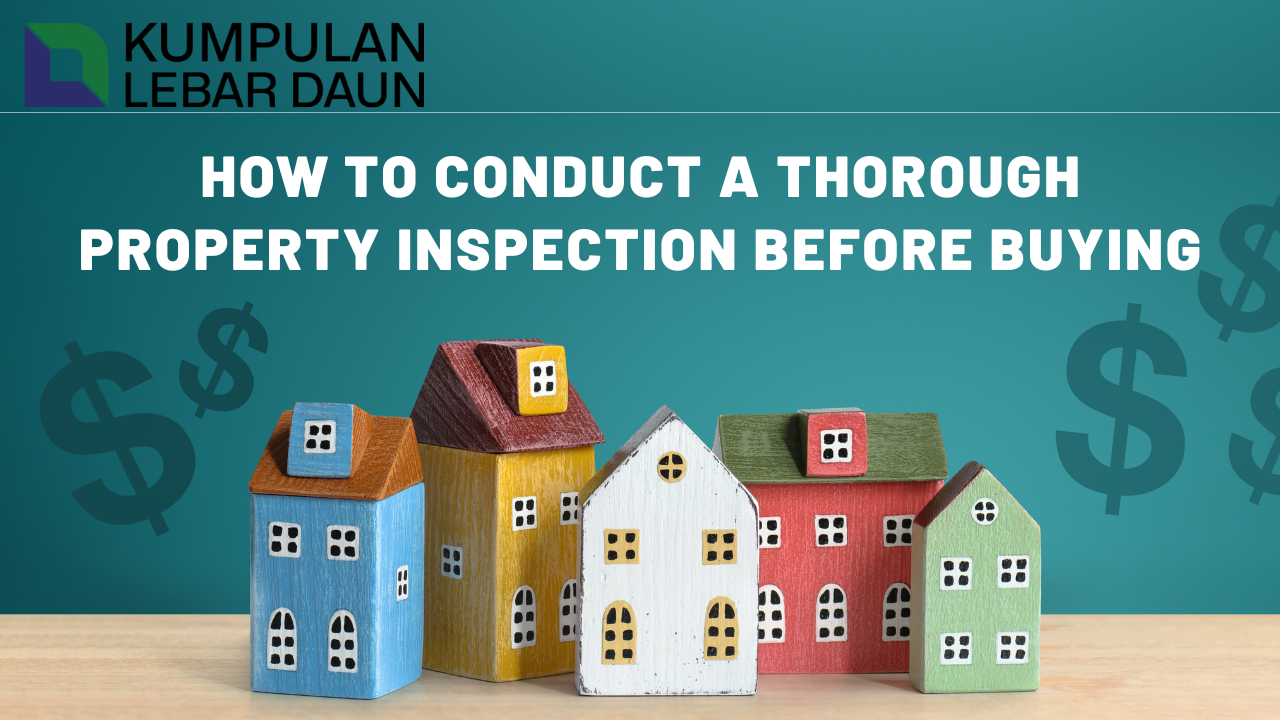
Conducting a thorough property inspection before purchasing a home is crucial to making an informed investment. Whether you’re a first-time buyer or an experienced investor, understanding the condition of the property can save you from future financial burdens. Here’s a comprehensive guide to conducting a property inspection:
1. Preparing for the Inspection
Understand Your Needs
Before scheduling an inspection, identify your needs and priorities. Consider the following:
- Budget: Determine your price range and stick to it.
- Location: Research neighborhoods and local amenities.
- Property Type: Decide on the type of property you want (e.g., apartment, single-family home, condo).
Choose a Qualified Inspector
Hiring a professional inspector is essential. Look for inspectors with:
- Certification: Ensure they are certified by a reputable organization, such as the Malaysian Institute of Estate Agents (MIEA).
- Experience: Check their track record and ask for references.
- Comprehensive Services: Ensure they offer a detailed inspection covering all major systems and components.
2. Exterior Inspection
Foundation and Structure
Inspect the foundation and overall structure of the property:
- Foundation Cracks: Look for cracks or shifting that may indicate structural issues.
- Siding and Paint: Check for peeling paint or damaged siding, which can lead to moisture problems.
- Roof: Assess the roof for missing shingles, leaks, or other signs of wear. For more details on roof inspection, visit Roofing Guide Malaysia.
Landscaping and Drainage
Evaluate the landscaping and drainage systems:
- Grading: Ensure the land slopes away from the foundation to prevent water damage.
- Drainage: Check gutters and downspouts for proper drainage.
- Trees and Plants: Look for trees or plants that might interfere with the foundation or plumbing.
3. Interior Inspection
Plumbing System
Assess the plumbing system to avoid future headaches:
- Leaks: Check for signs of leaks in bathrooms, kitchens, and basements.
- Water Pressure: Test water pressure in all faucets.
- Sewer Lines: In older homes, consider a professional inspection of sewer lines.
Electrical System
Ensure the electrical system is safe and up-to-date:
- Wiring: Look for outdated wiring, such as knob-and-tube or aluminum wiring, which may need replacement.
- Circuit Breakers: Check the electrical panel for overloaded circuits or double-tapped breakers.
- Outlets and Switches: Test outlets and switches for proper function.
HVAC System
Inspect the heating, ventilation, and air conditioning (HVAC) system:
- Age and Condition: Determine the age and condition of the furnace, air conditioner, and other components.
- Maintenance Records: Request maintenance records to ensure regular servicing.
- Ductwork: Inspect ductwork for cleanliness and proper insulation.
4. Attic and Basement
Attic
Examine the attic for signs of issues:
- Insulation: Check for adequate insulation to ensure energy efficiency.
- Ventilation: Ensure proper ventilation to prevent moisture buildup.
- Pests: Look for signs of pests, such as droppings or nests.
Basement
Inspect the basement for potential problems:
- Moisture: Check for signs of moisture or water damage, such as mold or musty odors.
- Foundation Walls: Look for cracks or bowing in foundation walls.
- Sump Pump: Ensure the sump pump is functioning properly.
5. Additional Considerations
Environmental Hazards
Be aware of potential environmental hazards:
- Lead Paint: In homes built before 1978, test for lead paint.
- Asbestos: Inspect for asbestos in older homes, particularly in insulation and flooring.
- Radon: Conduct a radon test to ensure levels are safe. Learn more about radon testing at Malaysian Nuclear Agency.
Local Regulations and Permits
Check for compliance with local regulations:
- Permits: Ensure any renovations or additions have the proper permits.
- Zoning Laws: Understand zoning laws and restrictions in the area.

6. Finalizing the Purchase
Review the Inspection Report
Once the inspection is complete, review the report thoroughly:
- Summary of Findings: Pay attention to major issues that require immediate attention.
- Cost Estimates: Obtain cost estimates for necessary repairs or upgrades.
- Negotiation: Use the inspection report to negotiate with the seller for repairs or price adjustments.
Consider a Second Inspection
If significant issues are found, consider a second inspection:
- Specialized Inspections: Hire specialists for specific concerns, such as structural engineers or mold experts.
- Re-Inspection: Request a re-inspection after repairs are made to ensure quality work.
Make an Informed Decision
Finally, make an informed decision based on the inspection findings:
- Risk Assessment: Weigh the risks and benefits of proceeding with the purchase.
- Budget for Repairs: Consider your budget for any necessary repairs or improvements.
- Future Plans: Align the property’s condition with your future plans and goals.
Conclusion
Conducting a thorough property inspection is a vital step in the home-buying process. By understanding the property’s condition and potential issues, you can make a confident and informed decision. For more resources on property inspections and buying advice, visit reputable Malaysian real estate websites like PropertyGuru Malaysia, iProperty.com.my, and Lebar Daun.
Remember, investing time and effort in a detailed inspection now can save you from costly surprises later on.




